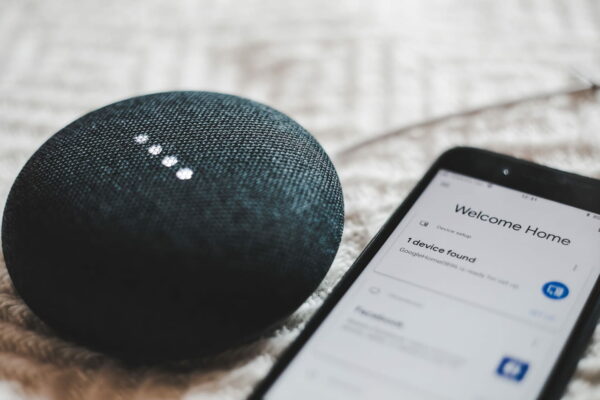✅ Last checked on
In today’s digital age, our homes have become smarter than ever before, thanks to the proliferation of smart home devices. From thermostats that learn our temperature preferences to voice-activated assistants that control our lighting and entertainment systems, these innovations have undeniably made our lives more convenient.
However, with great convenience comes great responsibility, particularly when it comes to securing our smart home ecosystems.
In this comprehensive guide, we delve deep into the world of smart home device security, exploring the challenges and solutions to ensure your digital haven remains impervious to cyber threats.
Our mission is to equip you with the knowledge and tools needed to fortify your smart home against potential vulnerabilities, so you can enjoy the benefits of modern technology without compromising your privacy and security.
Understanding Smart Home Devices

What Are Smart Home Devices?
Before we dive into the realm of security, let’s first understand what smart home devices are. Smart home devices are everyday appliances and gadgets that connect to the internet and can be controlled remotely through smartphones or voice commands. These include smart thermostats, lighting systems, security cameras, door locks, and even refrigerators.
The Rise of Smart Homes
The adoption of smart home devices has seen exponential growth in recent years. Homeowners are increasingly integrating these devices into their daily lives to enhance convenience, energy efficiency, and security. However, this rapid proliferation has also caught the attention of cybercriminals seeking to exploit potential vulnerabilities.
The Importance of Smart Home Device Security
Protecting Your Privacy
Smart home devices, if not properly secured, can inadvertently become windows into your personal life. Hackers can gain access to cameras and microphones, potentially invading your privacy. By securing your devices, you can safeguard your home from prying eyes.
Preventing Unauthorized Access
Unprotected smart locks and security systems are gateways for unauthorized access. Cybercriminals can exploit weak passwords or software vulnerabilities to gain entry to your home. Ensuring robust security measures is paramount to prevent such breaches.
Mitigating Data Breaches
Smart home devices collect and transmit data, including your daily routines and preferences. A breach of this data can lead to identity theft or other malicious activities. Effective security measures can help prevent such breaches and protect your sensitive information.
Common Security Threats and Vulnerabilities
Weak Passwords
One of the most common vulnerabilities in smart home security is the use of weak or default passwords. Many users fail to change default credentials, making it easy for hackers to access their devices.
Outdated Software
Failing to update the firmware and software of smart devices can leave them susceptible to known vulnerabilities. Regular updates are crucial to patch security flaws.
Insecure Wi-Fi Networks
Smart devices rely on Wi-Fi networks for connectivity. If your network is not secure, it can provide an entry point for cybercriminals. Implementing strong network security measures is essential.
Lack of Encryption
Encryption is a critical component of data security. Without proper encryption, data transmitted between devices and servers can be intercepted and compromised.
Best Practices for Smart Home Device Security
Secure Your Network
- Change default router passwords.
- Use strong, unique Wi-Fi passwords.
- Enable network encryption, such as WPA3.
- Segment your network to isolate smart devices from critical systems.
Regular Updates
- Enable automatic updates for your smart devices.
- Check for firmware updates regularly.
- Remove or replace devices that are no longer supported by manufacturers.
Strong Authentication
- Use complex and unique passwords for each device.
- Implement two-factor authentication (2FA) wherever possible.
- Consider using a password manager to keep track of credentials.
Network Monitoring
- Use network monitoring tools to detect unusual device behavior.
- Set up alerts for unauthorized access or suspicious activity.
- Invest in a reliable firewall and antivirus software for added protection.
Privacy Settings
- Review and adjust the privacy settings on your devices.
- Disable unnecessary features, such as voice recording.
- Opt for local storage over cloud storage for sensitive data.
Conclusion
In the age of smart homes, security should be a top priority. By taking proactive steps to secure your smart home devices, you can enjoy the convenience and comfort they offer without compromising your privacy and safety. Remember, your digital haven is only as secure as the precautions you take to protect it.
As technology continues to evolve, staying vigilant and informed about smart home device security is key to maintaining peace of mind. With the right security measures in place, you can confidently embrace the future of smart living.